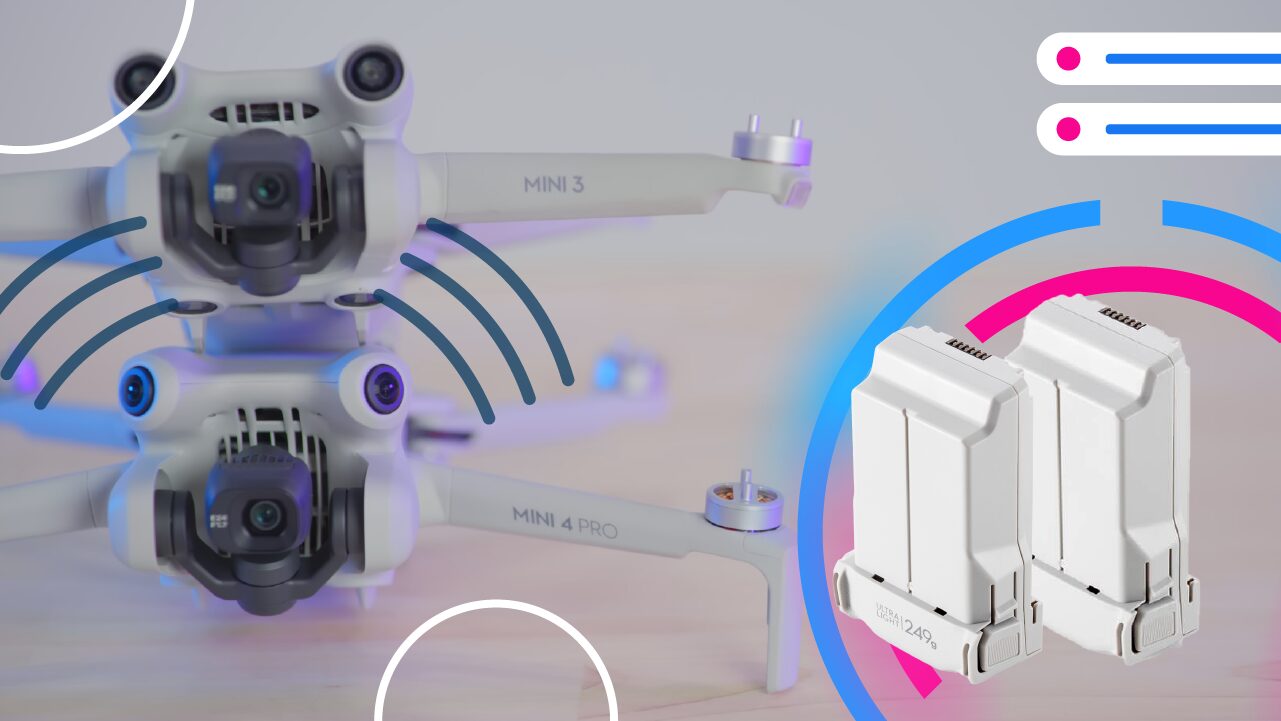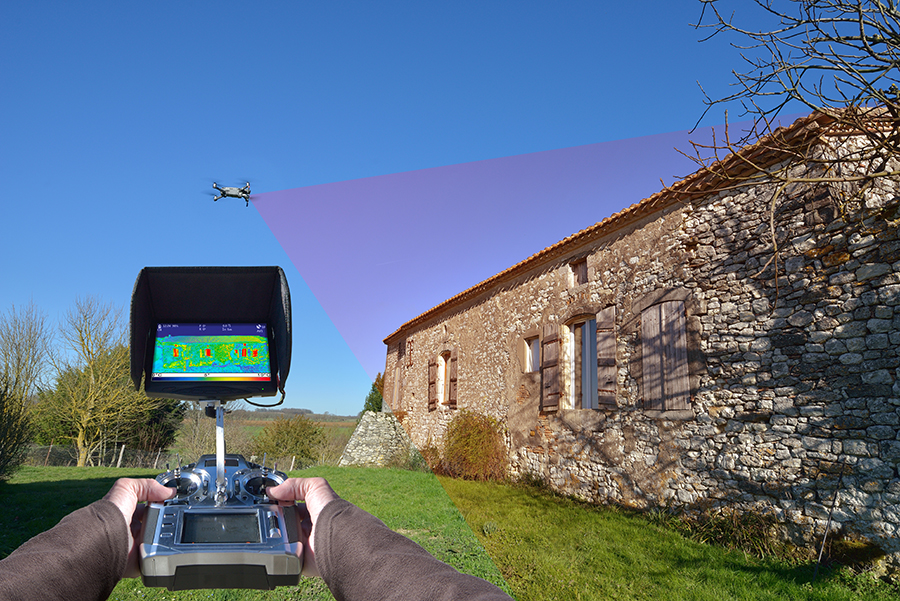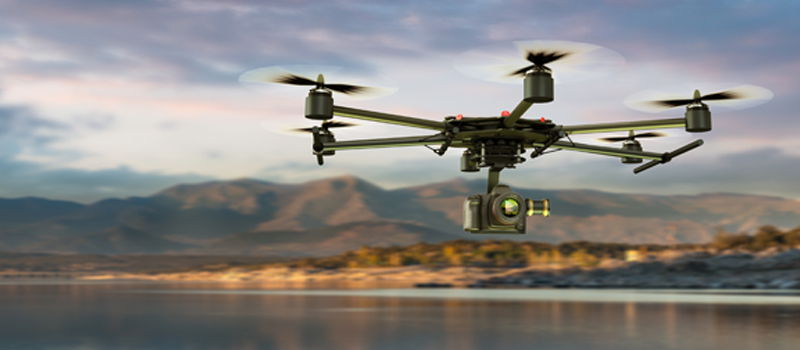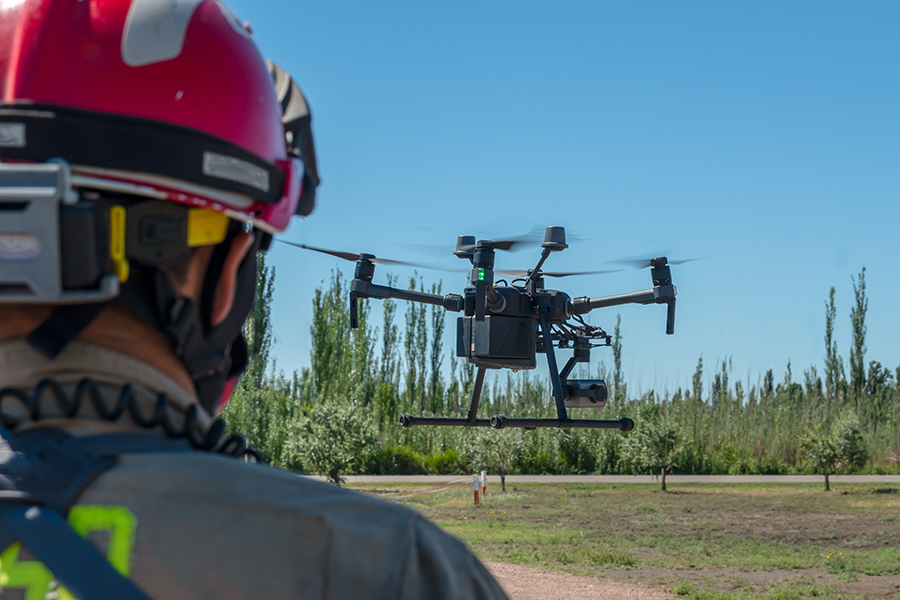DJI’s recent update for the DJI Mini 3 and 4 changes how these drones broadcast Remote ID signals.
While this revision seems simple enough, it’s more complicated than it appears. If you don’t fully understand this update, you might violate airspace regulations.
Do you own a DJI Mini 3 and 4? Then, read on for some essential information.
Key Takeaways
- The DJI Mini 3 and 4 drones no longer broadcast Remote ID when flying with the smaller batteries.
- The DJI Mini 3 and 4 broadcast Remote ID when flying with the larger batteries.
- If you own both battery sizes, you must make a fairly complicated choice to meet FAA regulations.
What Did DJI Change with the Mini 3 and 4 Remote ID?
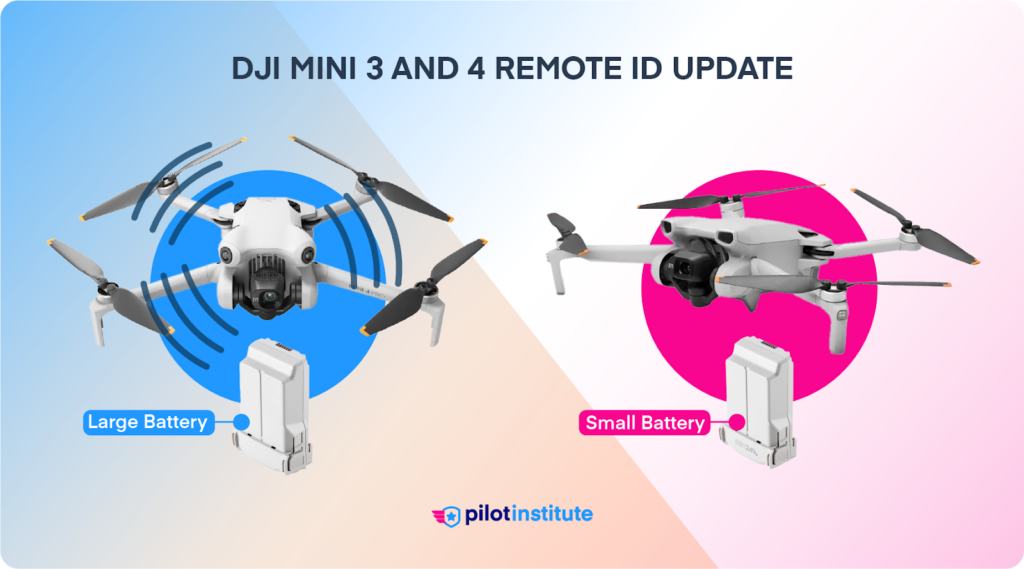
The DJI Mini 3 and 4 have two battery options: a smaller, regular battery and a larger battery. When flying with small batteries, both drones stay below the 250-gram limit. Using the larger batteries for more flight time will, however, exceed the weight limit.
The recent update makes the DJI Mini 3 and 4 only broadcast Remote ID when flying with the larger batteries. This eliminates the need for recreational drone pilots to broadcast Remote ID if their drone weighs less than 250 grams. After all, the majority of Mini 3 and 4 drone users are recreational pilots.
The downside is that things get dicey if you own both the small and large batteries. This may involve using a Remote ID (RID) module even though the Mini 3 and 4 are Remote ID-equipped.
The Three Possible Scenarios
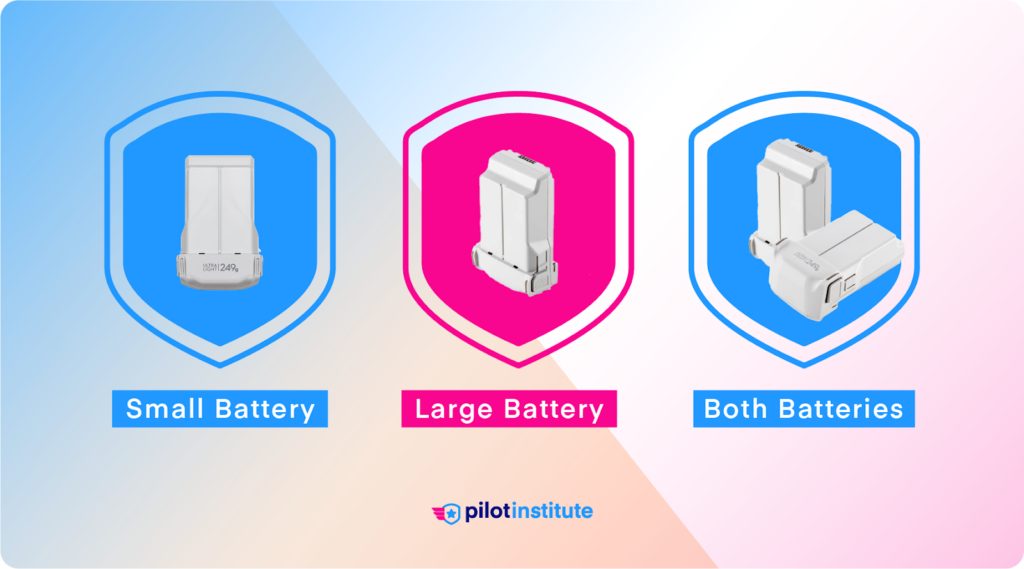
To understand what to do if you own a Mini 3 or 4, let’s look at three scenarios:
- Owning only the small, regular battery.
- Owning only the large battery.
- Owning both batteries.
For each scenario, we will look at the recreational and commercial requirements.
Owning Only the Small Battery
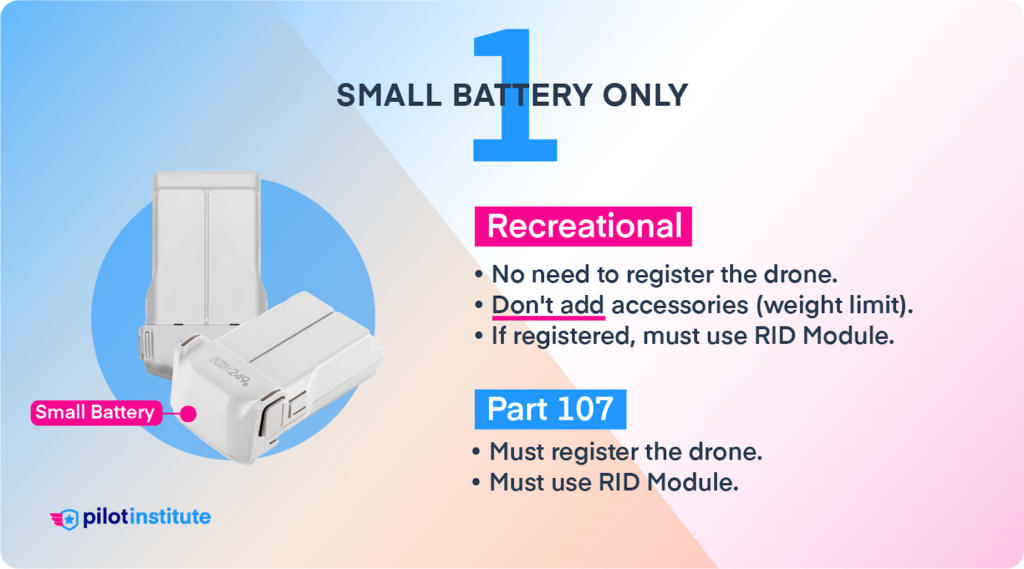
Flying with the small battery means that your drone is below the 250-gram threshold. This assumes no accessories or payload, such as strobe lights or propeller guards.
If you fly recreationally, then your situation is very simple. You do not need to register your drone, which means that you don’t need to comply with Remote ID rules. You can just fly your Mini 3 or 4 like normal. Just make sure to complete the TRUST test first.
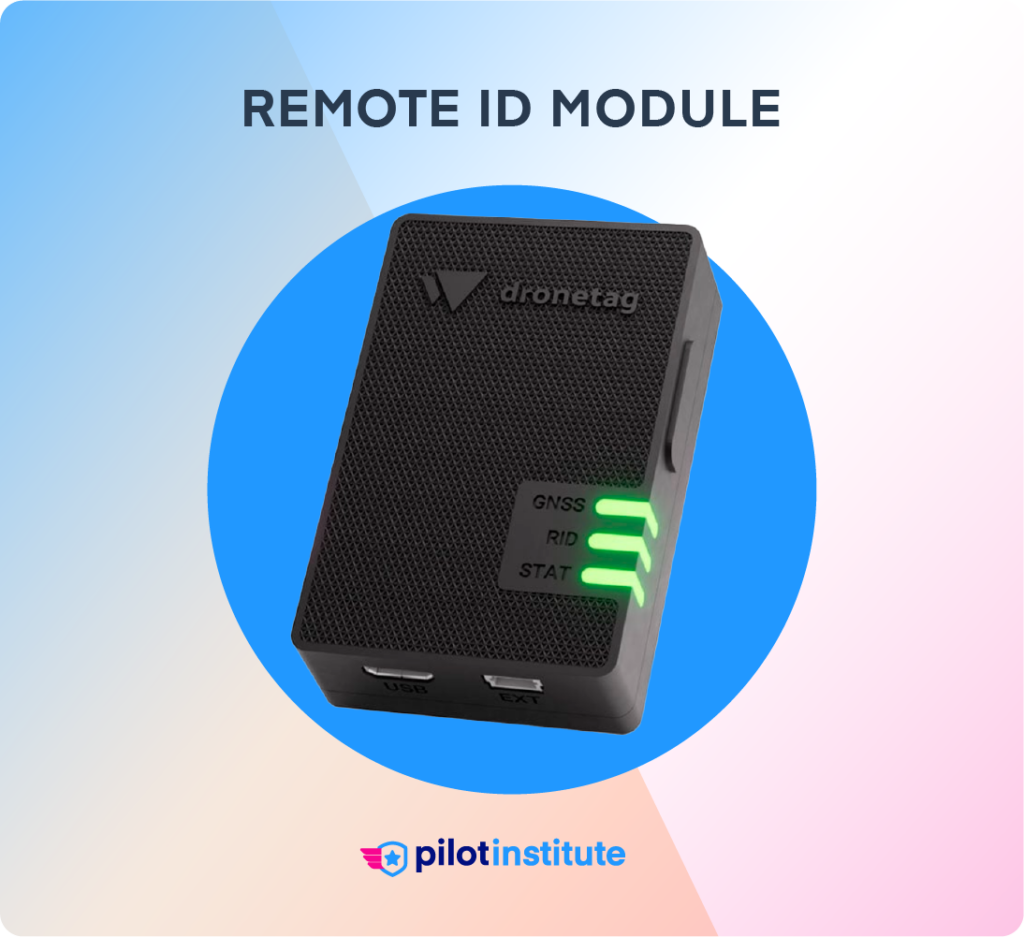
If you fly commercially, you will need to register your drone under Part 107 and comply with Remote ID rules. This is problematic because the Mini 3 or 4 no longer broadcasts Remote ID with the small battery. This means having to fly with a Remote ID module, which makes the situation a bit more complex.
When registering your drone, make sure to indicate the RID serial number of the Remote ID module. You must do this because the drone will not broadcast Standard Remote ID.
Owning Only the Large Battery
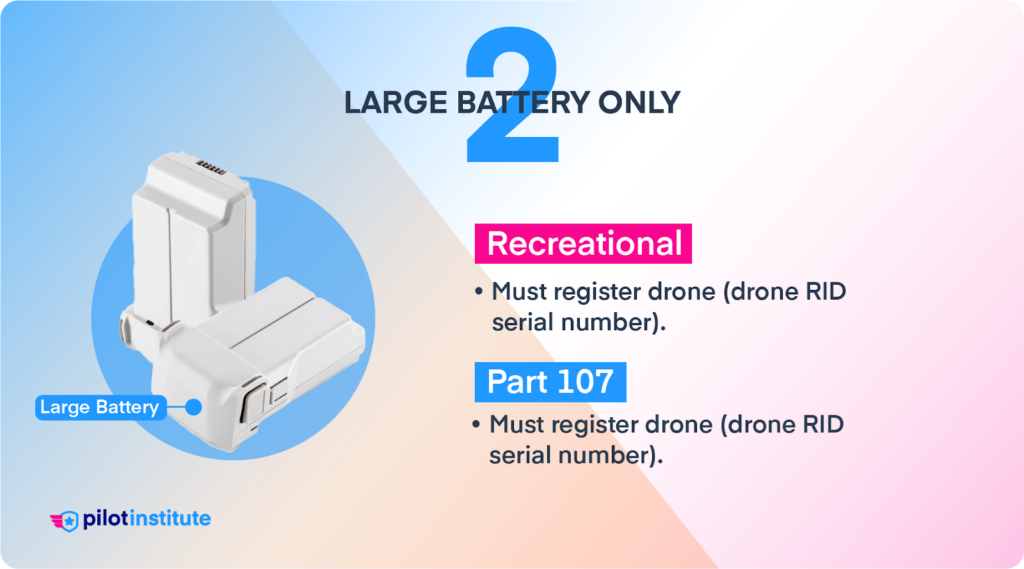
Fitting the Mini 3 or 4 with the large battery will bring it over the 250-gram threshold. This means you have to register your drone at the FAA DroneZone, whether you fly commercially or recreationally. Since the drone has been registered, you must comply with Remote ID rules.
Using the large battery makes some things easier. You can utilize the Mini 3 or 4’s built-in Remote ID capabilities. This means you can use the drone’s RID serial number during registration.
Owning Both the Small and Large Batteries
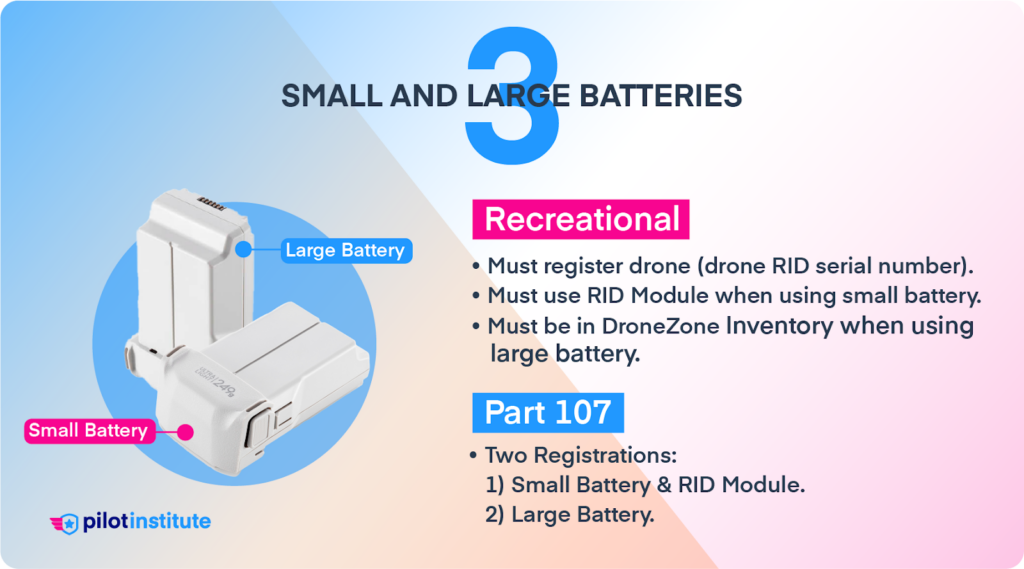
The scenario of owning both the small and large batteries is the most complex. If you ever intend to use the large battery, you will need to register your drone with the FAA. It doesn’t matter whether you fly recreationally or commercially.
If you fly recreationally, you will need to comply with Remote ID rules. This is because you are flying with a registered drone. This applies even if you’re flying with the small battery, meaning you must outfit it with a Remote ID module.
Regardless of battery size, make sure you’ve registered the drone at the FAA DroneZone. Mark the drone with the corresponding registration number.
When flying under Part 107, remember to keep two registrations: one for the small battery and RID module and the other for the large battery. Mark the registration numbers on each of the small and large batteries. This complicated scenario is far from ideal.
Should You Stick with the Small or Large Battery?
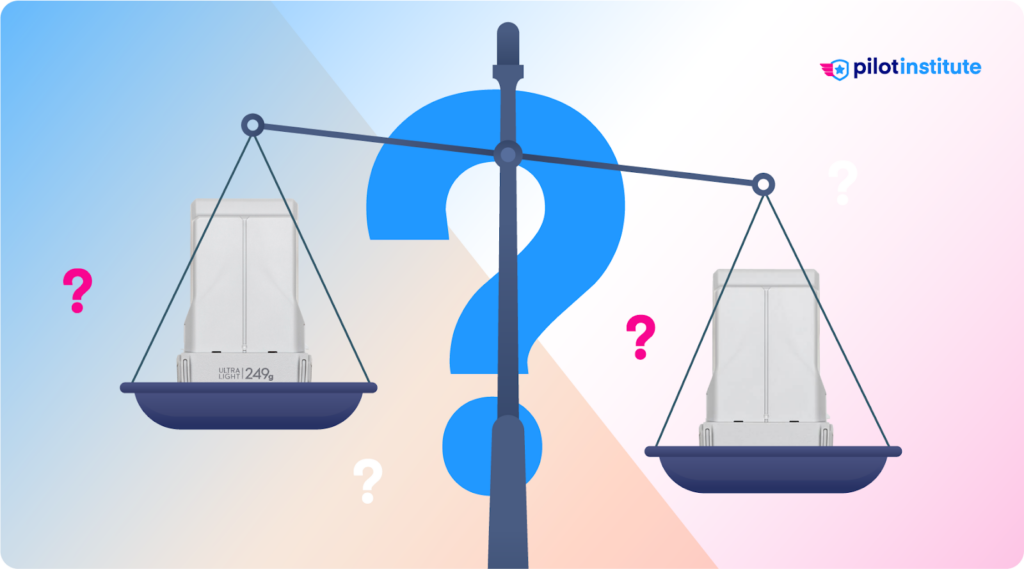
If you own a DJI Mini 3 or 4, what is the best course of action? Should you get a large battery or stick with the small battery? It’s a classic conundrum: there is no single, perfect answer to this question.
Again, there are different circumstances to consider. If you fly only recreationally, then it would be very easy to just stick with the small battery. You will not need to register your drone or worry about Remote ID rules.
The decision gets a bit more complicated if you are flying a drone that has been registered with the FAA.
If you fly with a small battery, you can get a Remote ID module or simply replace the small battery with a large one. Worth noting is that the large battery costs about the same as the cheapest Remote ID module you can buy today. Flying with a large battery is arguably simpler. You will not need to deal with an extra accessory and an additional registration.
If you own both, you can sell your small battery and just stick with the large battery. After all, you cannot use the small battery with a registered drone. Apply the proceeds from selling the small battery toward a spare large battery.
Of course, you can also keep both. Just remember that you will need two registrations for a single drone.
Making Sure You’re Flying Legally
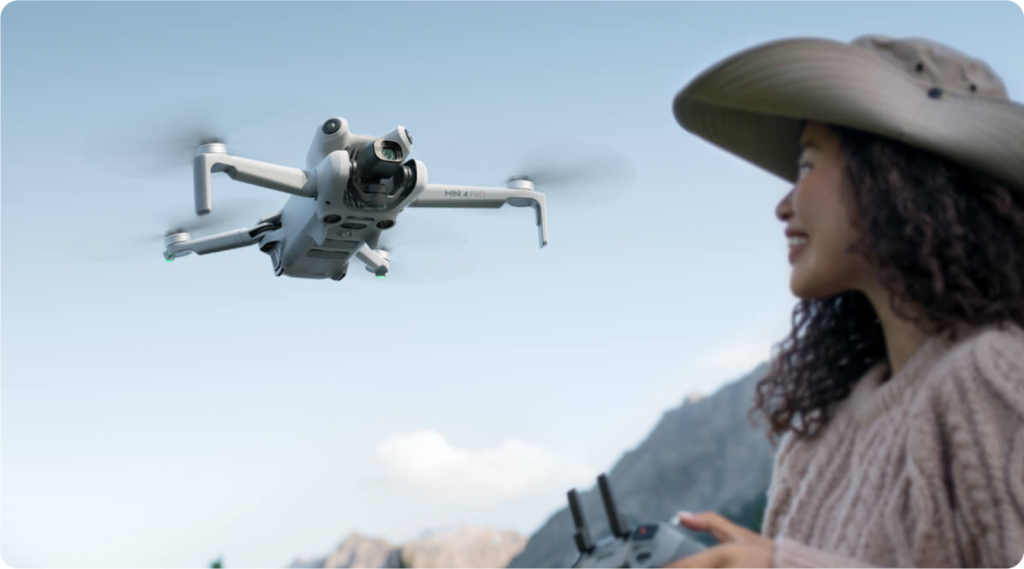
To help clear up any legal concerns, keep the following regulations in mind.
14 CFR § 89.101 establishes the applicability of Remote ID requirements. The rule states that a “Person operating unmanned aircraft registered or required to be registered under part 47 or part 48 of this chapter” must comply with Remote ID. Your drone is likely registered under Part 48. Take note that it applies to all drones required to be registered under Part 48. It doesn’t just apply to drones that have already been registered.
14 CFR § 89.501 is the legislation that lists drone registration exemptions. This rule states that Remote ID requirements do not apply to drones that weigh 0.55 lbs. or less.
Conclusion
The Remote ID update for the DJI Mini 3 and 4 drones simplifies things for recreational drone pilots. While not a perfect solution, it appeases a good number of pilots who fly these mini-drones.
However, it adds complexity for those operating under Part 107 rules. If you operate these drones commercially, make sure to check you’re correctly registered.
If you’re considering purchasing a DJI Mini 4, check out our in-depth review here.
